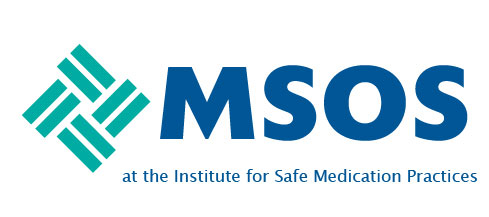.This page includes a list of various resources offered by the FDA regarding recalls and alerts for medical devices
This communication is part of the Communications Pilot to Enhance the Medical Device Recall Program.
Certain lots of ViziShot 2 FLEX (19G) aspiration needles may have deformed a-traumatic tips that pose a risk to patient safety if they are used.
3M is correcting their Ranger Blood/Fluid Warming System due to incomplete temperature and flow rate specifications on the label.
3M is correcting their Ranger Blood/Fluid Warming System due to incomplete temperature and flow rate specifications on the label.
Certain lots of ViziShot 2 FLEX (19G) aspiration needles may have deformed a-traumatic tips that pose a risk to patient safety if they are used.
Pages
